
views
Positioning and Proximity
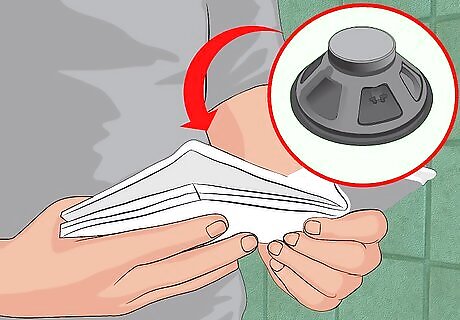
Check that your speakers are not already shielded. Many recent models, especially those designed for use with computers or home theater systems, come with built-in shields. Large speaker cabinets such as guitar amps often do not have shielded magnets. Consult the user's manual for information specific to your speakers. There may also be a panel on the back of your speaker or sub woofer with a bunch of fine print. Sometimes this will mention whether or not the device will cause harmful interference. Try using an electromagnetic field detector if you are not sure. These are reasonably inexpensive and can be used to determine if the existing shield has been damaged. In case you are curious, there is no need to shield your speaker wires.
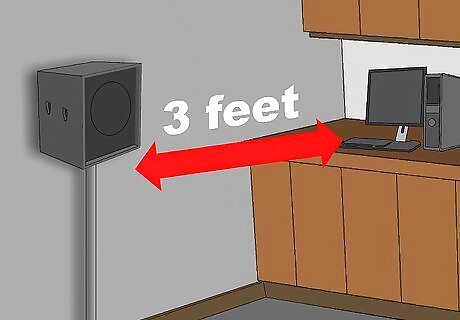
Place each of your speakers at least two or three feet away from any vulnerable devices. This should be considered a safe distance for magnetic interference. Keep in mind that vibrations from loud sound may cause other kinds of damage to delicate components such as hard drives. Electromagnetic interference is also increased when speakers are used at high volumes. Extra distance may be necessary if you will be blasting your speakers regularly.
Applying a Metal Shield
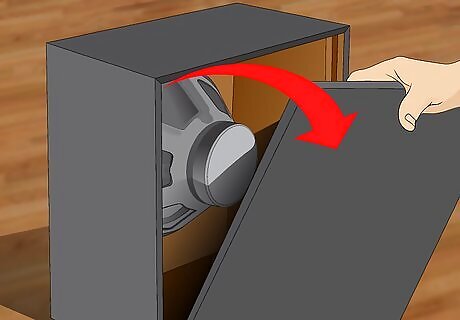
Open the back of the speaker cabinet and identify the magnet. This should be a donut-shaped object directly on the back of the speaker cone.
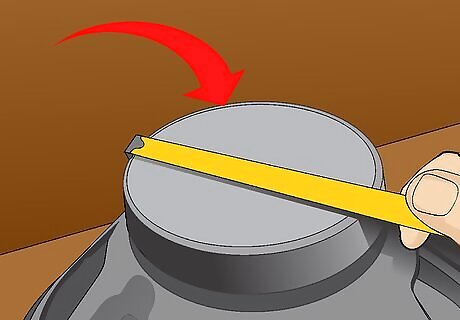
Measure the size and shape of the magnet. You will need to have this information when selecting the right shield.
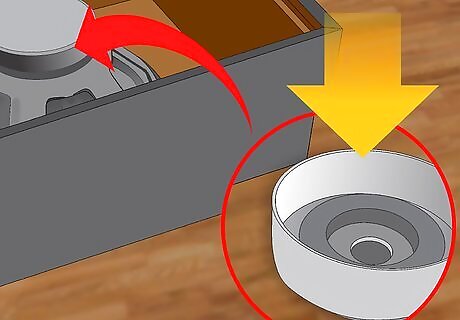
Purchase the shield material. This can be any magnetic metal large enough to cover the back of the magnet. Consider the most readily available materials first. Common steel items like pipe-caps for air ducts or electrical steel junction boxes will do the job nicely. Best of all, you can find them at any hardware store. Special products may be purchased which are designed especially to shield speaker magnets. They are just thick enough to shield the magnet, but are also thin enough to be cut with scissors for just the right shape.
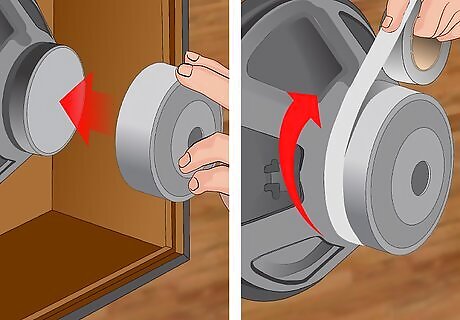
Secure the shield in place. Use a strong adhesive tape to bind your shield to the speaker.















Comments
0 comment